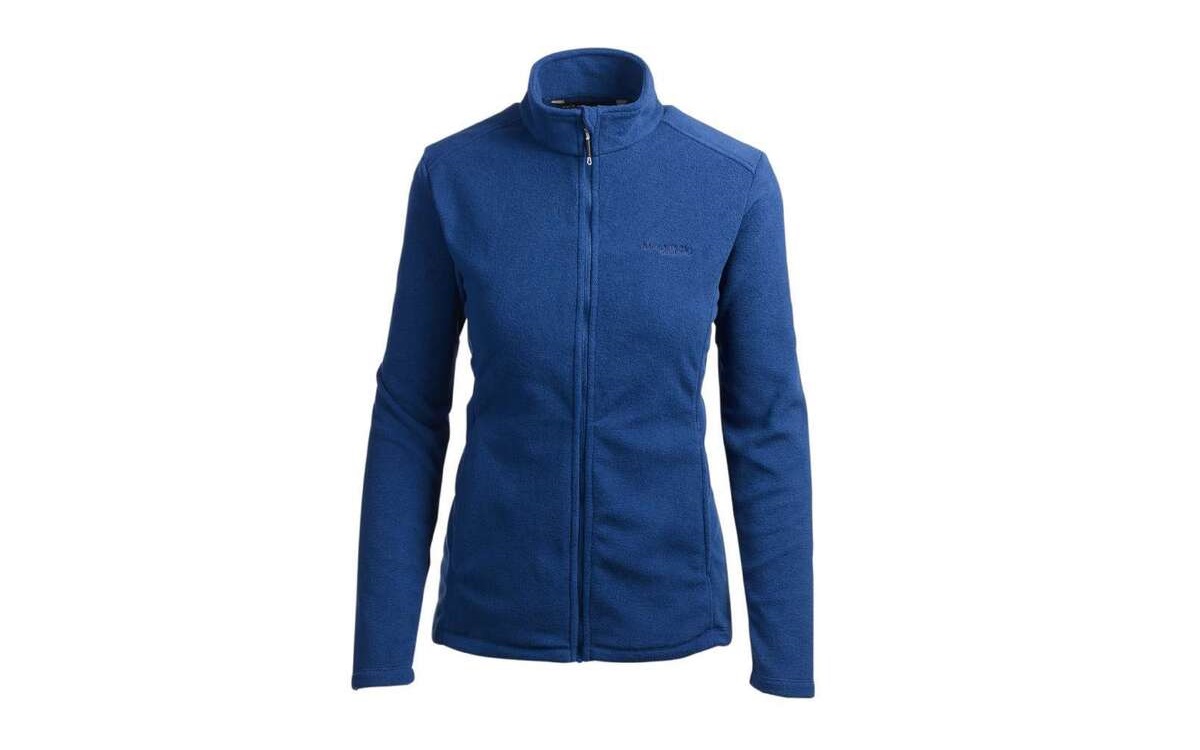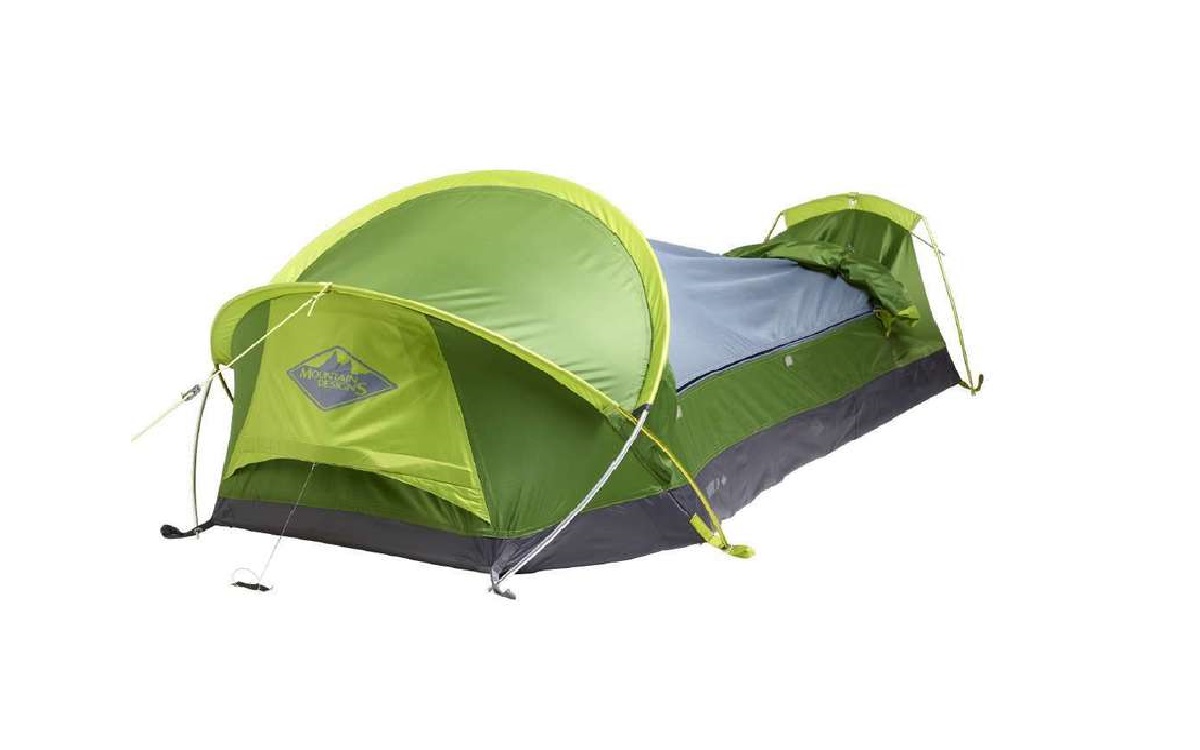| Your browser is not supported. | ||
|
Please browse our site using any of the following options:
| ||
How To - Shoot A Subject In The Outdoors
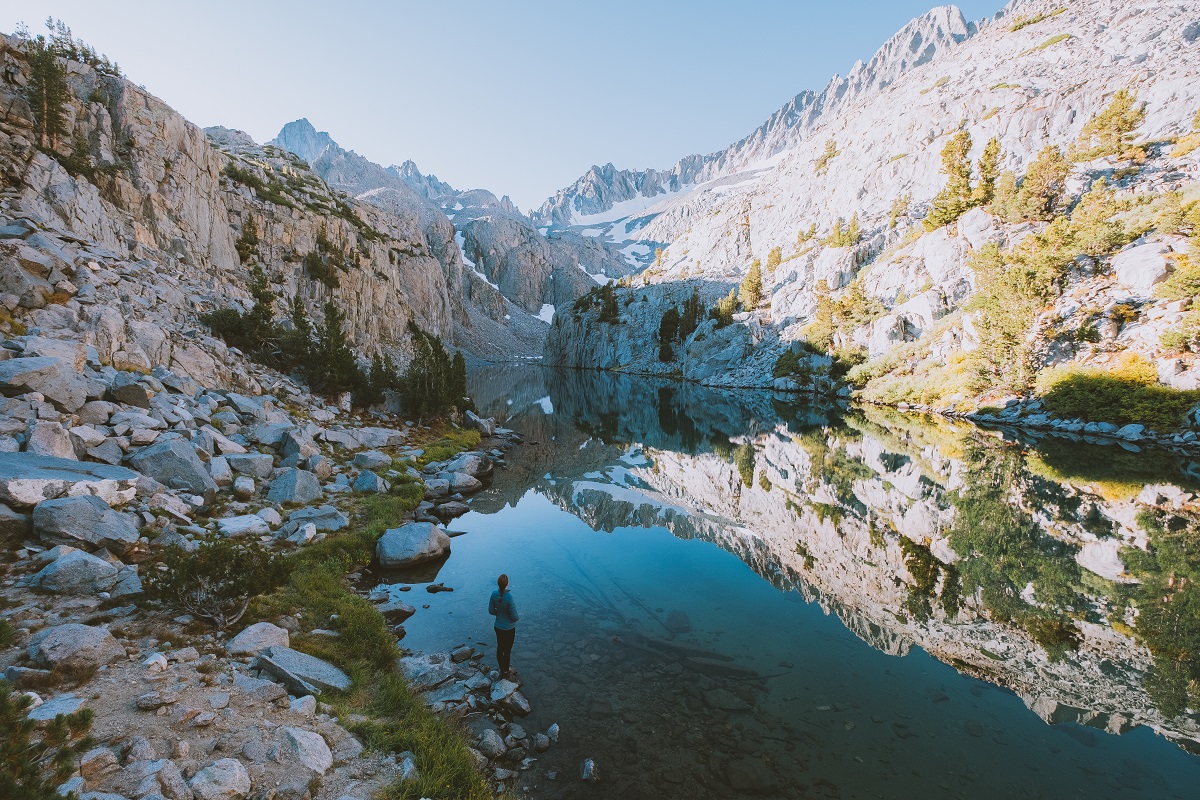
A big part of adventure photography is knowing how to shoot a subject in the outdoors, be it a person or a product. For me, the bulk of my work comes from shooting people moving in - and connecting with - wild places. I also spend a lot of time doing commercial product photography. Knowing what to look for, what elements to incorporate, and how to position the subject in a natural way will help you get incredible photos and elevate your outdoor photography game. Here's my tips on how to best shoot a subject in the outdoors:
The Fundamentals
Learning the fundamentals to outdoor photography is the starting point for success. Some of the fundamentals for shooting a subject outdoors include:
- Scale. In adventure and outdoor photography, scale helps to show the comparison between 'small person' and 'big landscape', and tell the story of adventure through wild places.
- Placement. Placement is key to composing a great image. Considering where the subject is placed helps to make the subject stand out amongst the big landscapes and helps with visual flow when looking at the image. Placing your subject in an area where they stand out (bright area of the frame or in front of some clouds) helps to isolate the subject from other elements of the photo.
- Lighting. The most important part in getting great photos with a subject is the correct lighting. I tend to shoot into the sun for silhouettes and brighter backlit skies and I also love shooting at golden hour when the shadows are low and the colours just right.
People
When shooting people, we want them to stand out and be the main aspect of the image. All the other elements we capture in the photo will help bring attention to the main focus, the subject (person). The following examples highlight this concept, while I've included a small explanation as to the method I adopted for each.
Example 1 - Location: Matukituki Valley, Mount Aspiring, New Zealand
I decided to position my partner Madison on the outer rock, and I positioned myself in order to have her body set against the brighter water so it stands out and isolates the body in the middle area of the photo. I then moved my camera around to hunt for foreground elements, eventually deciding I'd use the overhanging branches as a way to draw attention inwards to Madison. The way her legs are slightly separated helps convey the sense of movement instead of flat legs that make the image too static. Lastly, the overlap of warm colours on the edges and cool colours in the middle help to balance out the photo and create a sense of harmony and ease.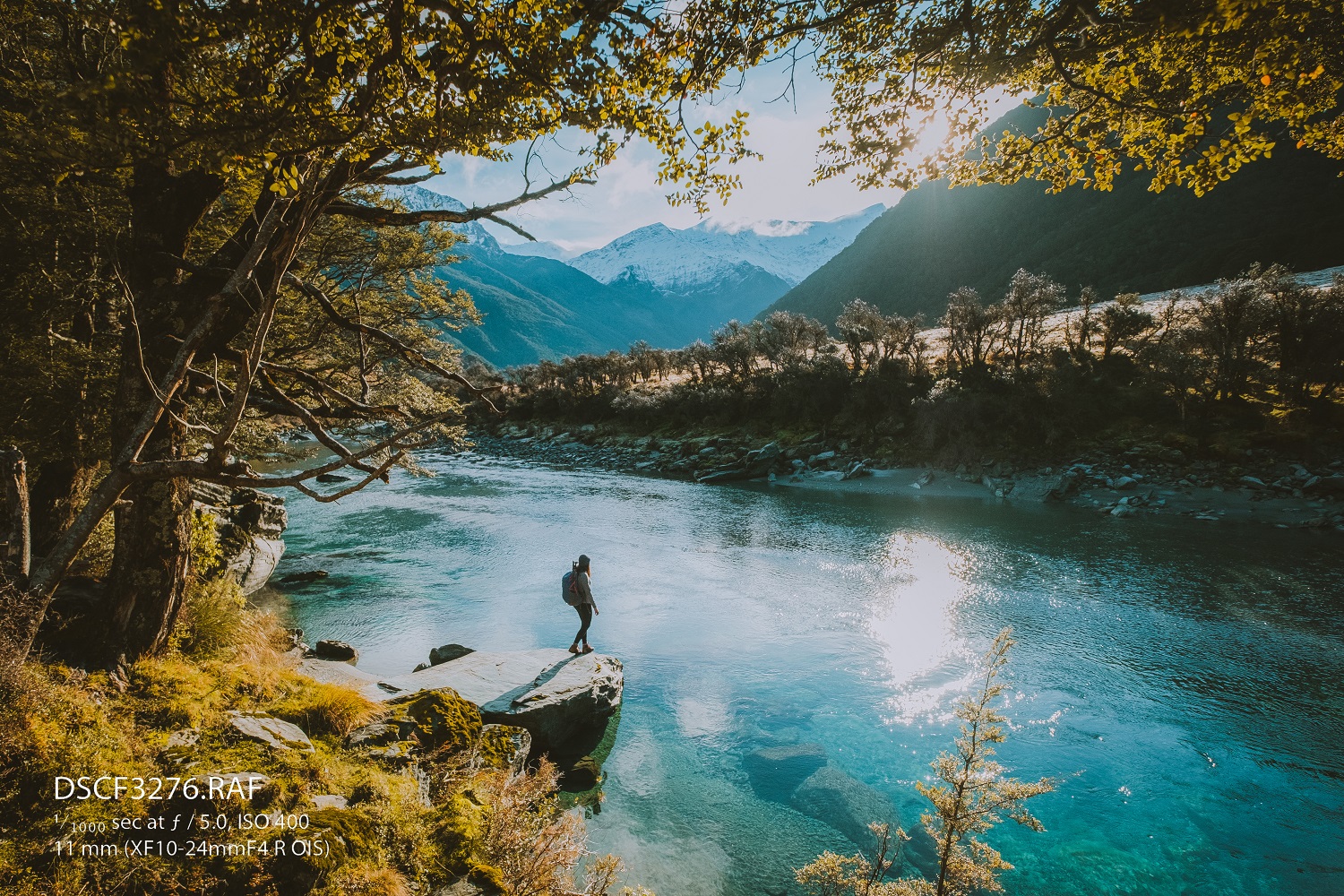
Matukituki Valley, Mount Aspiring, New Zealand. (Image courtesy of Harrison Candlin)
Example 2 - Location: Kepler Track, Fiordland National Park, New Zealand
In this photo, I used three people for the subject, walking up the ridgeline with the big backdrop behind. I got down low enough to place their bodies against the white clouds so they stood out in the scene. I loved the idea of shooting a group of people in this one. Shot on the Fujifilm X-H1.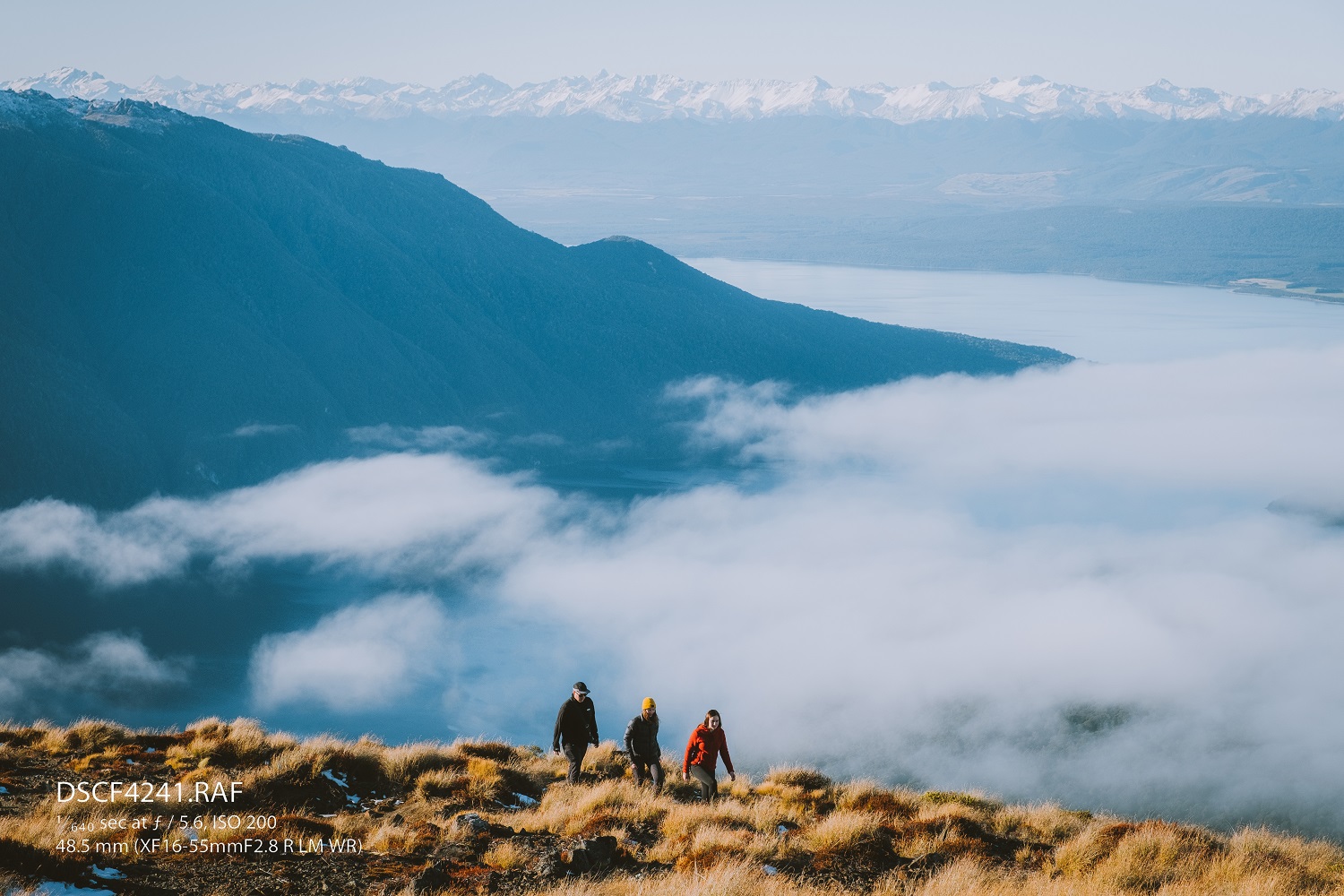
Kepler Track, Fiordland National Park, New Zealand. (Image courtesy of Harrison Candlin)
Example 3 - Location: Rialto Beach, Washington, USA
This was by far one of the best beaches I've ever been to. We spent the afternoon hunting angles and I was set on this one, perched up high above the beach. There was a beautiful reflection in the sand, so I positioned Madison right in the middle of it to give a sense of scale. Shot on the Fujifilm X-H1.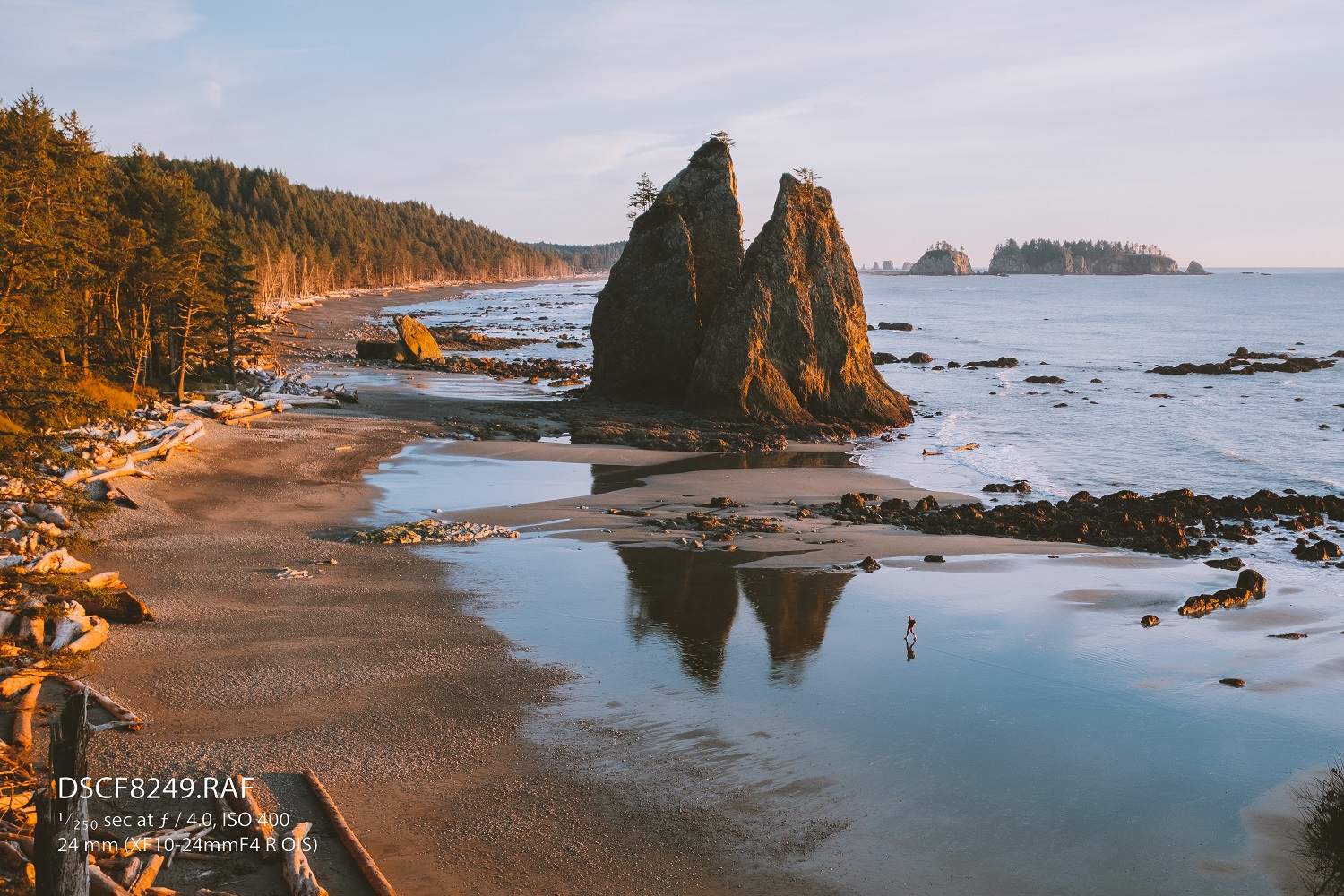
Rialto Beach, Washington, USA. (Image courtesy of Harrison Candlin)
Photo Credits
All images supplied by Harrison Candlin
- Instagram @harrisoncandlin
- Website https://www.harrisoncandlin.com
